1. Basic introduction to anti-slip paper placemats
Non-slip paper placemats, as a common aviation tableware accessory, are mainly used to provide a stable placement platform to prevent tableware from sliding on airplanes and other vehicles. It is usually made of paper material with a specially treated surface to enhance anti-slip properties. Non-slip paper placemats are widely used in the aviation industry due to their lightweight, easy-to-carry and disposable characteristics.
2. Analysis on the recyclability of anti-slip paper placemats
Material composition: The main material of non-slip paper placemats is paper, which means it is basically recyclable. Paper materials are a common recyclable resource that can be recycled and reused to reduce resource waste and environmental pollution.
Recycling process: The recycling process of non-slip paper placemats usually includes collection, sorting, processing and reuse. Set up special anti-skid paper placemat recycling bins on airline aircraft, airport restaurants, waiting rooms and other places to facilitate passengers and staff to put used anti-skid paper placemats into them. There should be clear markings on the recycling bins, such as "non-slip paper placemat recycling bin" or corresponding patterns, so that passengers and staff can place them accurately. During the collection process, staff can conduct a preliminary classification of the non-slip paper placemats in the recycling bin and pick out other items (such as tableware, packaging bags, etc.) mixed in them. At the recycling bin or processing center, professionals will classify the non-slip paper placemats in more detail, distinguishing them according to factors such as material, size, degree of contamination, etc. Non-slip paper placemats with less pollution can be cleaned to remove oil, food residue and other impurities on the surface. The cleaned non-slip paper placemats will be crushed by a crusher to form small pieces of paper pulp. During the crushing process, some impurities (such as metal, plastic, etc.) may be mixed in, which need to be removed through screening equipment. In order to facilitate transportation and storage, the crushed pulp will be compressed into blocks through compression equipment.
Recycling value: The recycling value of anti-slip paper placemats is mainly reflected in the reuse of its paper materials. Recycled paper materials can be processed and made into new paper or paper products, thereby reducing the need for new pulp, reducing production costs and environmental pollution.
3. Analysis of degradability of anti-slip paper placemats
Degradation principle: Paper material is a naturally degradable material. In the natural environment, under the influence of factors such as microorganisms, moisture and oxygen, paper materials will gradually decompose and eventually be converted into harmless substances such as water and carbon dioxide.
Degradation conditions: The degradation rate of non-slip paper placemats is affected by many factors, such as temperature, humidity, type and quantity of microorganisms, etc. Under the right environment, non-slip paper placemats can degrade quickly. However, its degradation rate may be slower if exposed to dryness or an environment lacking microorganisms.
Degradation impact: The degradability of non-slip paper placemats helps reduce waste accumulation and environmental pollution. When the non-slip paper placemat is discarded, it can gradually degrade in the natural environment, reducing the impact on the environment. In addition, by improving the degradability of non-slip paper placemats, people can also be encouraged to use more environmentally friendly products and promote the spread of environmental awareness.
Anti-slip paper placemats show good environmental properties in terms of recyclability and degradability. Its paper material makes it easy to recycle and reuse, while also degrading gradually in the natural environment. However, in order to further improve the environmental performance of anti-slip paper placemats, we can make improvements in the following aspects: first, optimize the material formula and production process to reduce environmental pollution; second, strengthen the construction of the recycling and reuse system to improve Recycling efficiency; the third is to strengthen environmental protection publicity and education and improve the public's environmental awareness. Through the implementation of these measures, we can further promote the application and development of environmentally friendly products such as anti-slip paper placemats.





 English
English Español
Español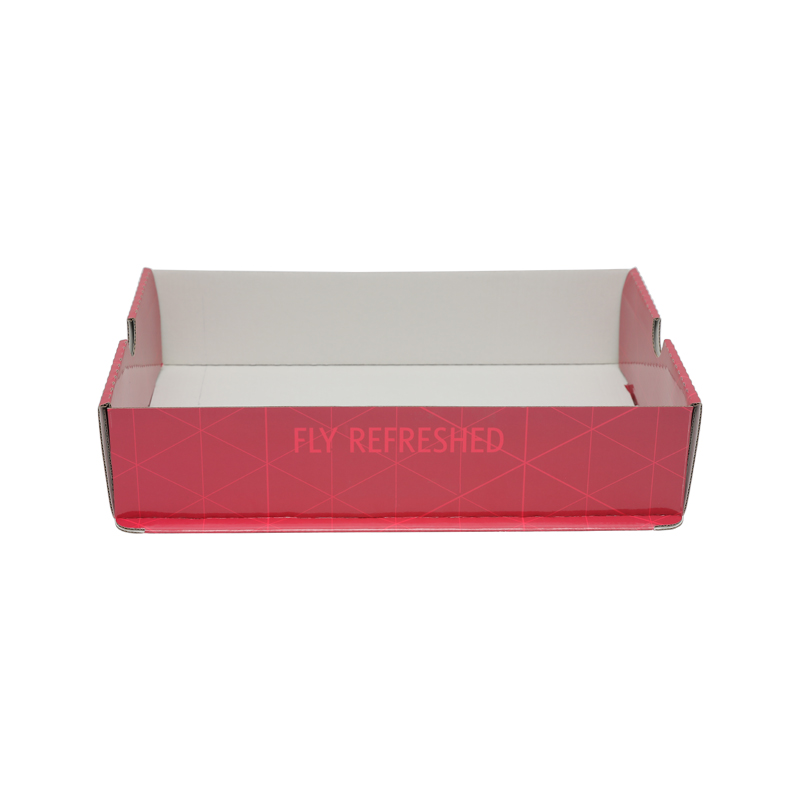

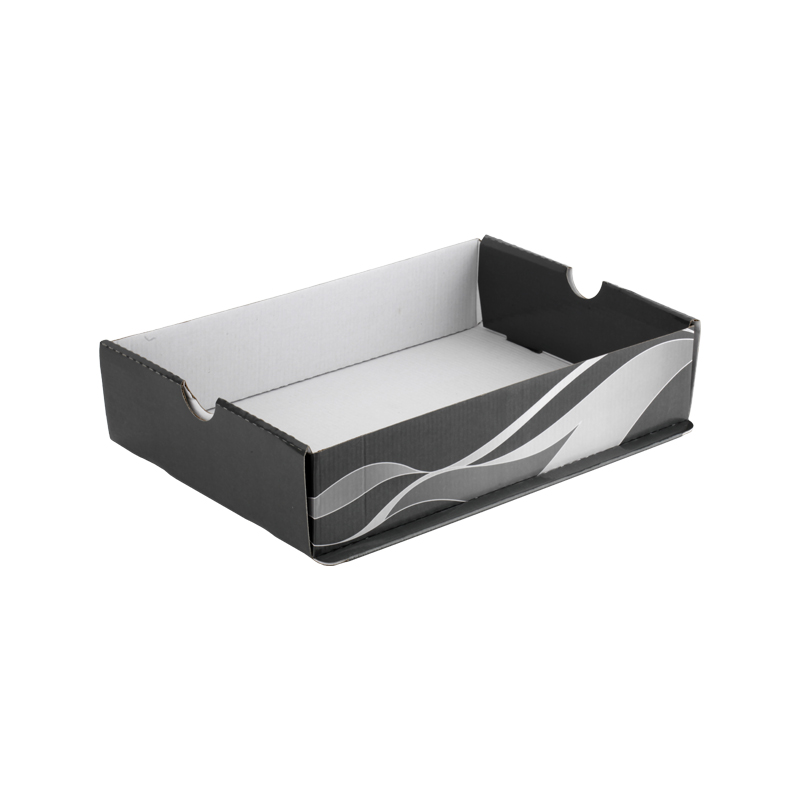
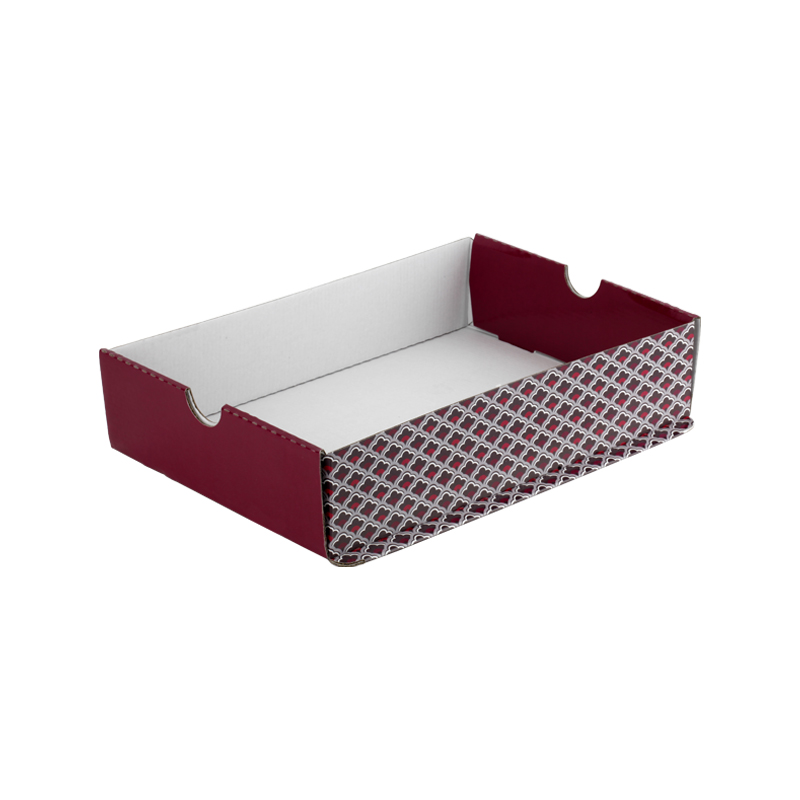
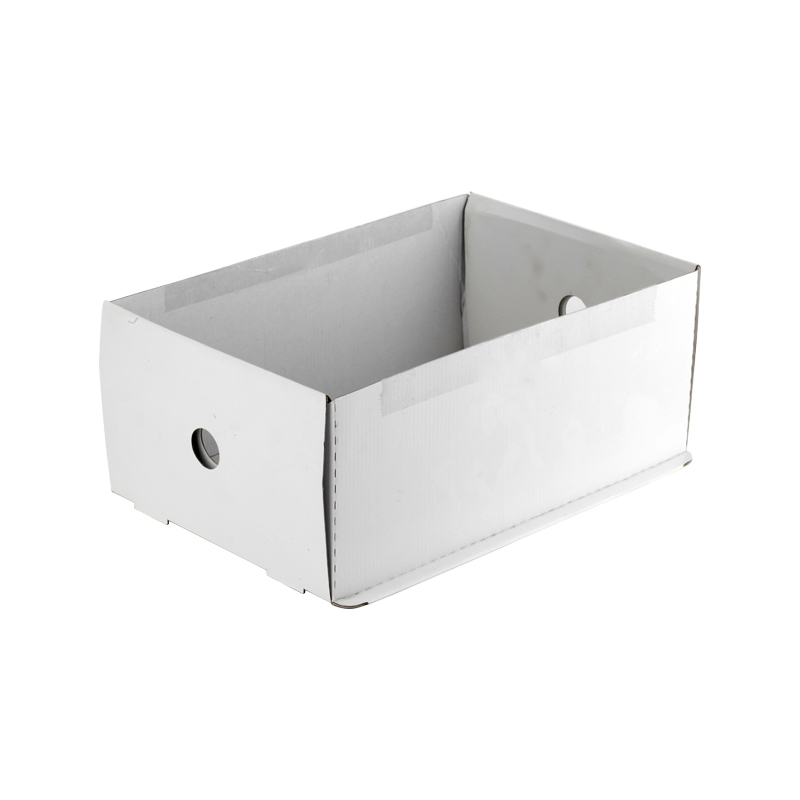
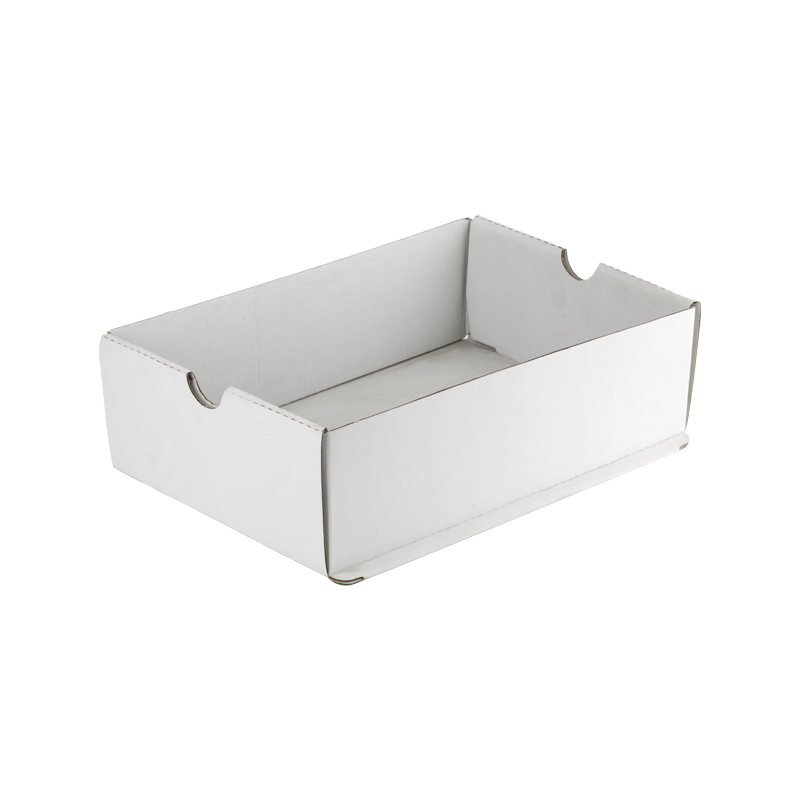
 No.389 Daifeng Road, Yuantong, Haiyan Jiaxing, Zhejiang, China
No.389 Daifeng Road, Yuantong, Haiyan Jiaxing, Zhejiang, China 86-573-86161678
86-573-86161678 86-573-86156282
86-573-86156282

